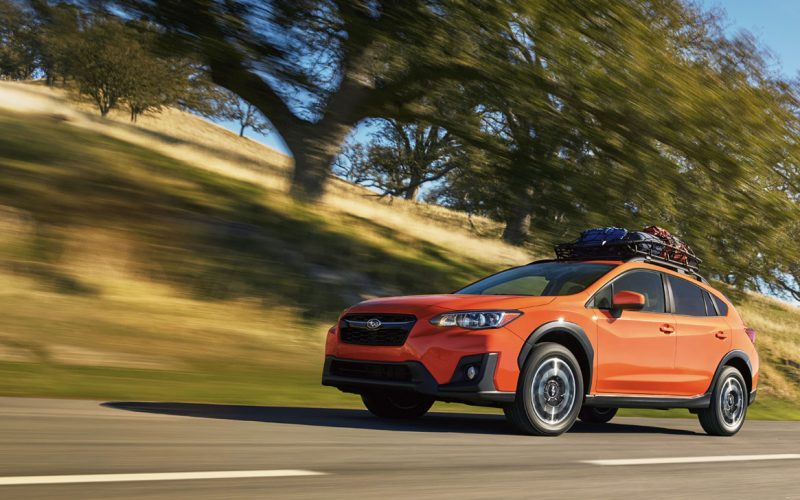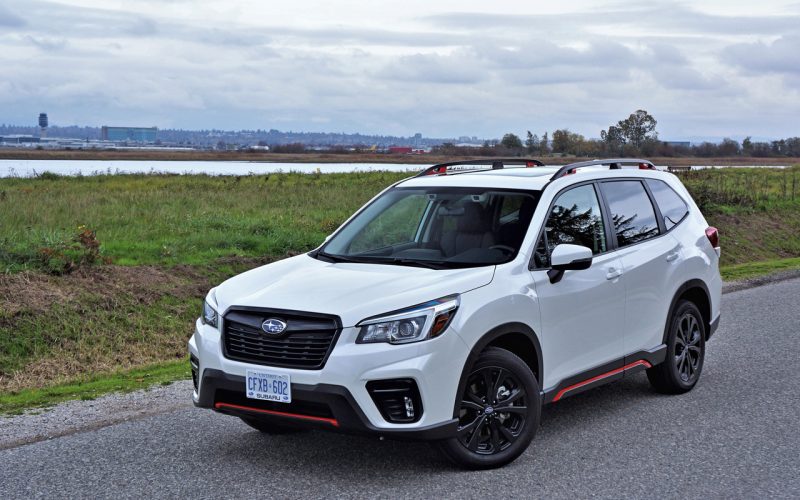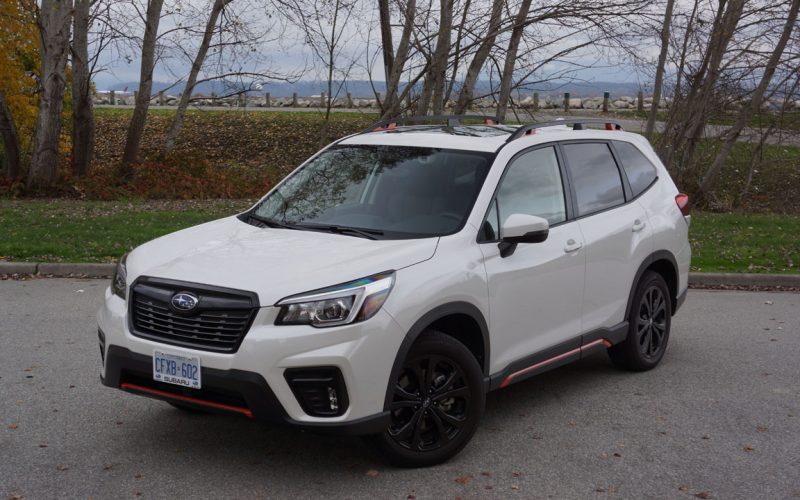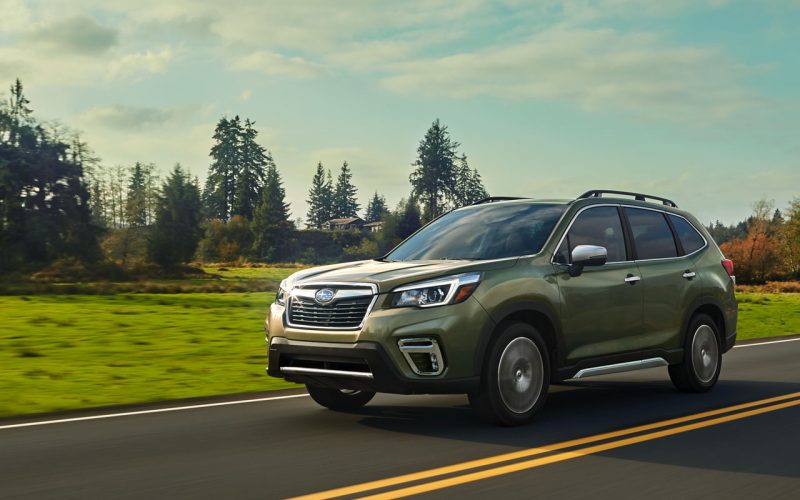
Reading Time: 6 minutesCan you just imagine future Subaru Outback ads? Subaru versus the mountain goat, only once the

Reading Time: 13 minutesAs you may have noticed, orange is all the rage as far as fashion colours go.

Reading Time: 10 minutesFull disclosure: orange is one of my favourite colours. I painted my bathroom and even my

Reading Time: 9 minutesThe completely redesigned 2019 Forester, now in its fifth-generation, is just arriving at Subaru dealers nationwide,
© 2025 The Car Magazine. All Rights Reserved, Privacy Policy | Terms of Use